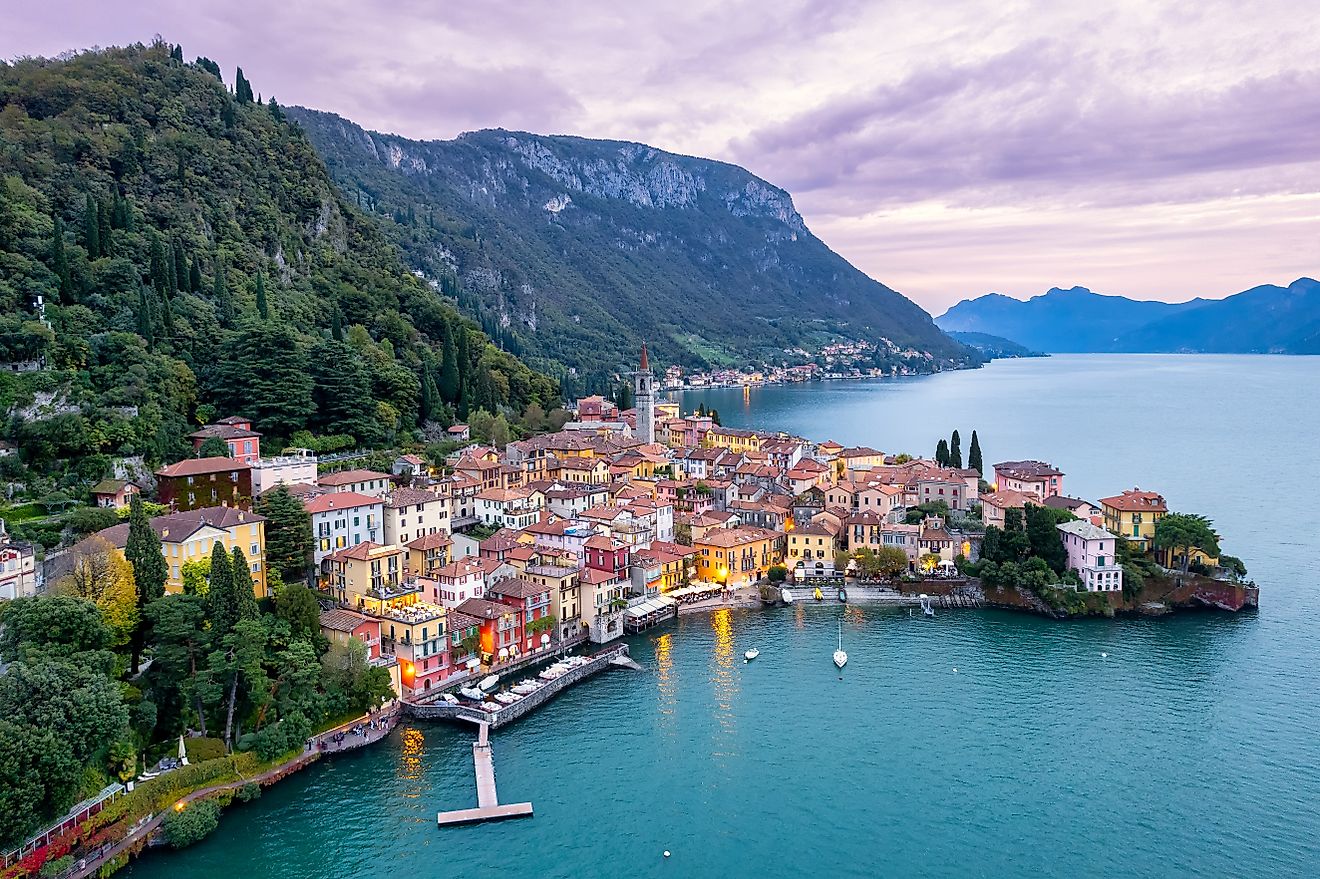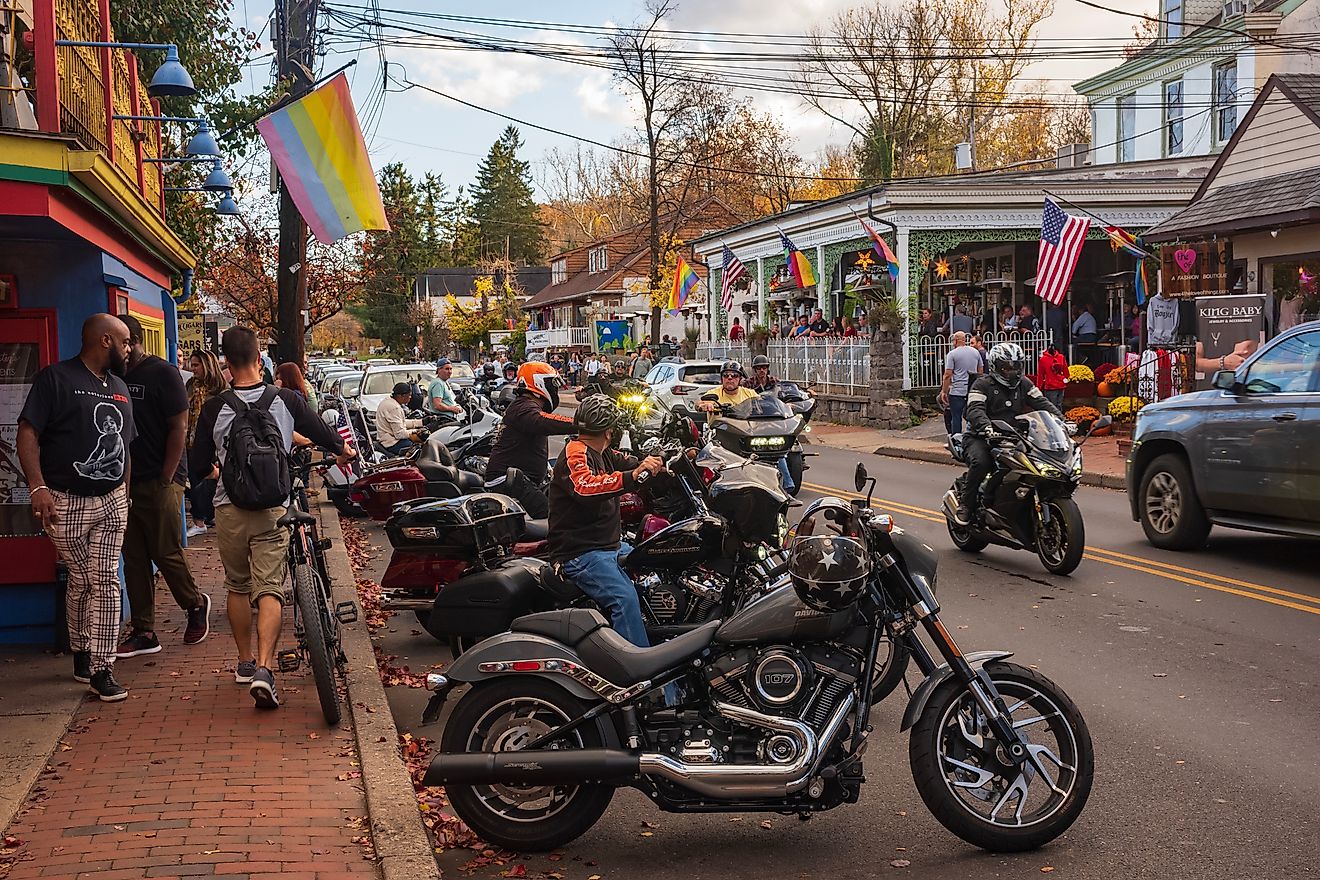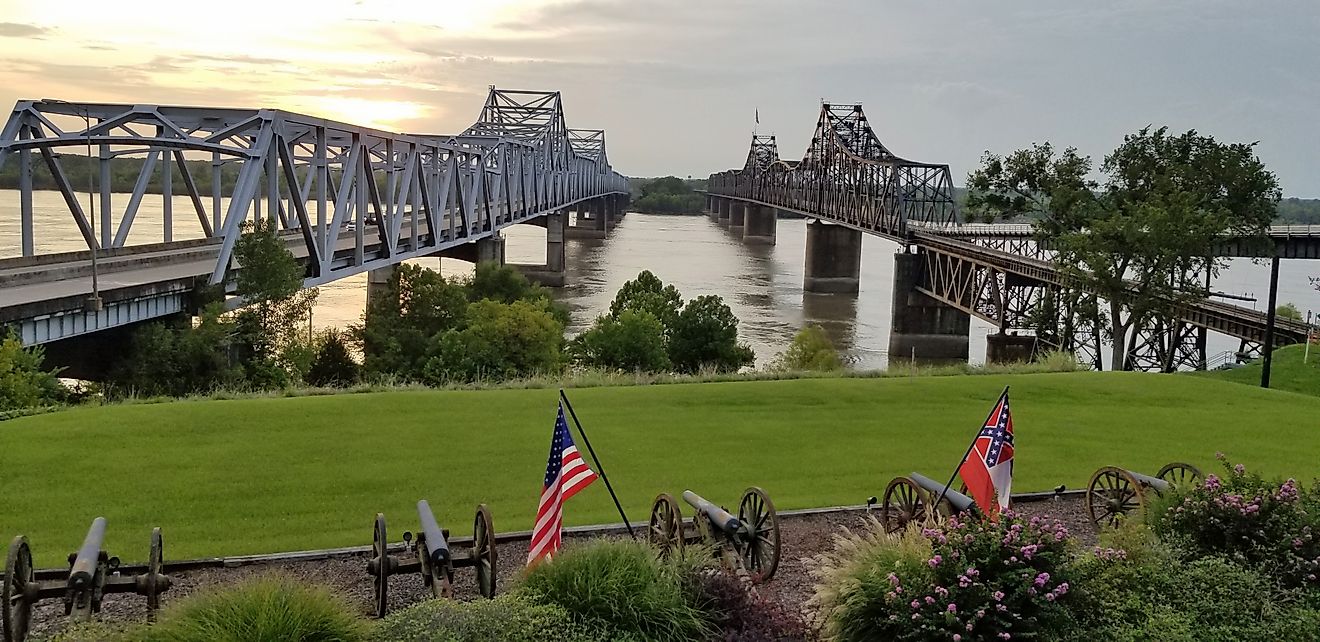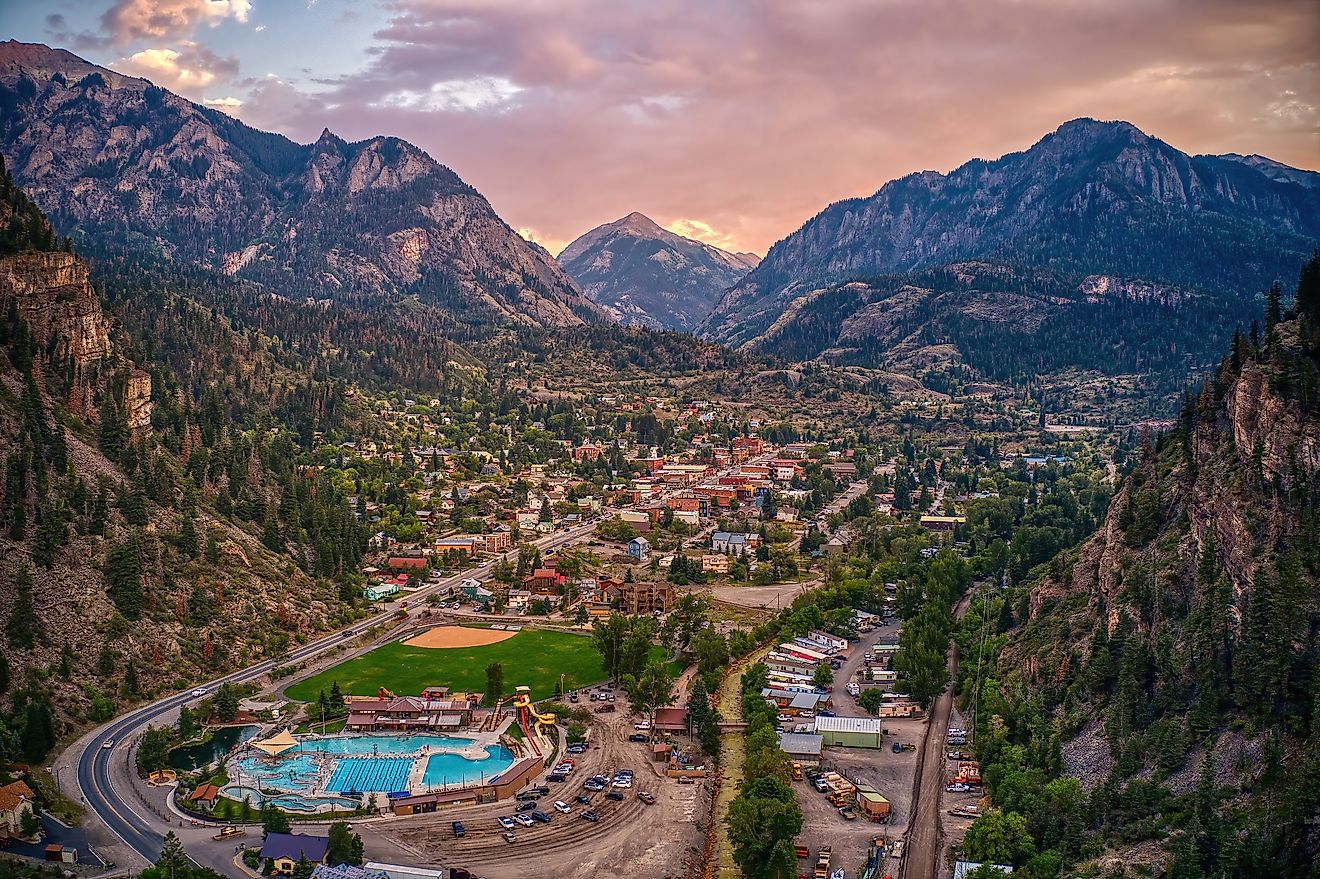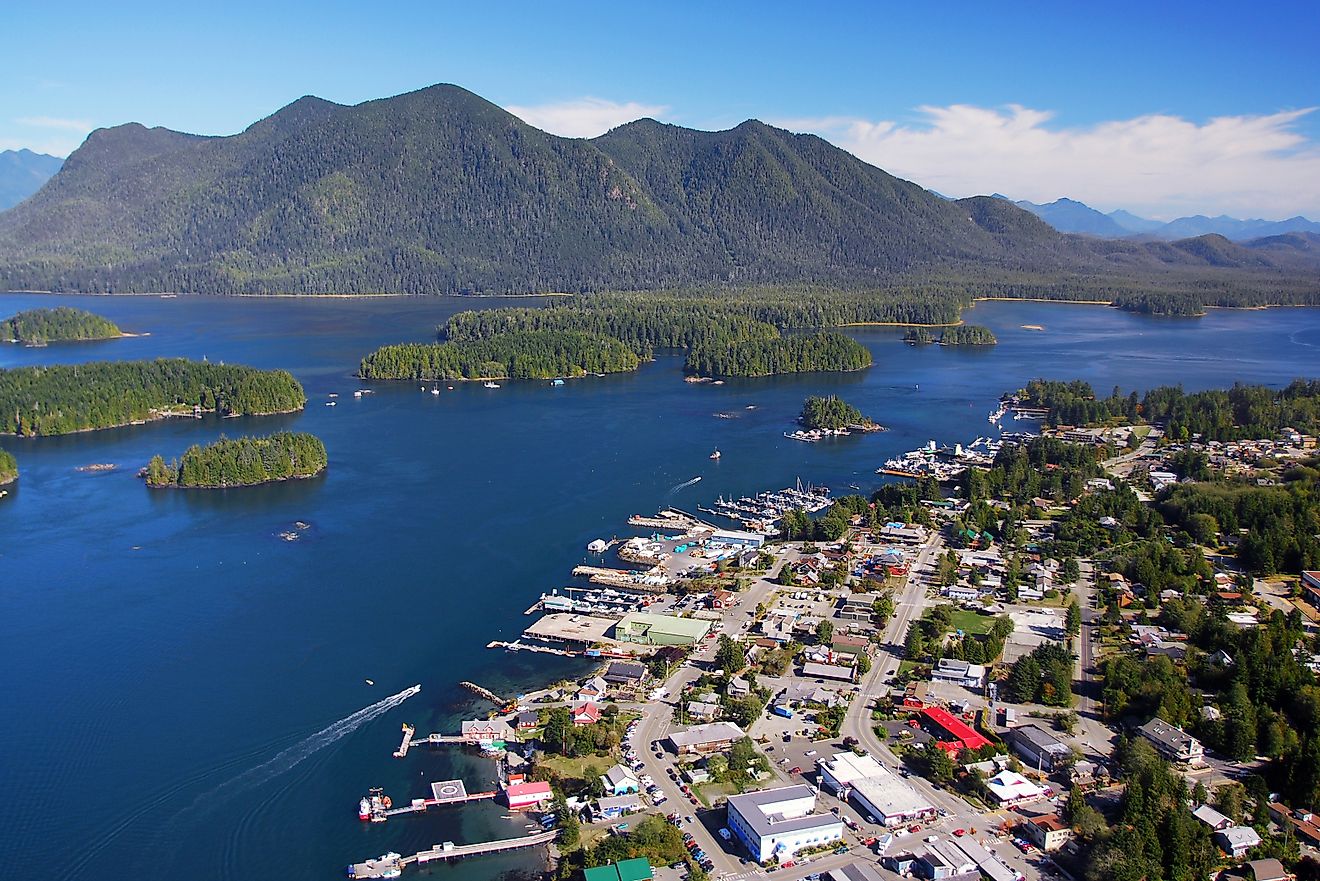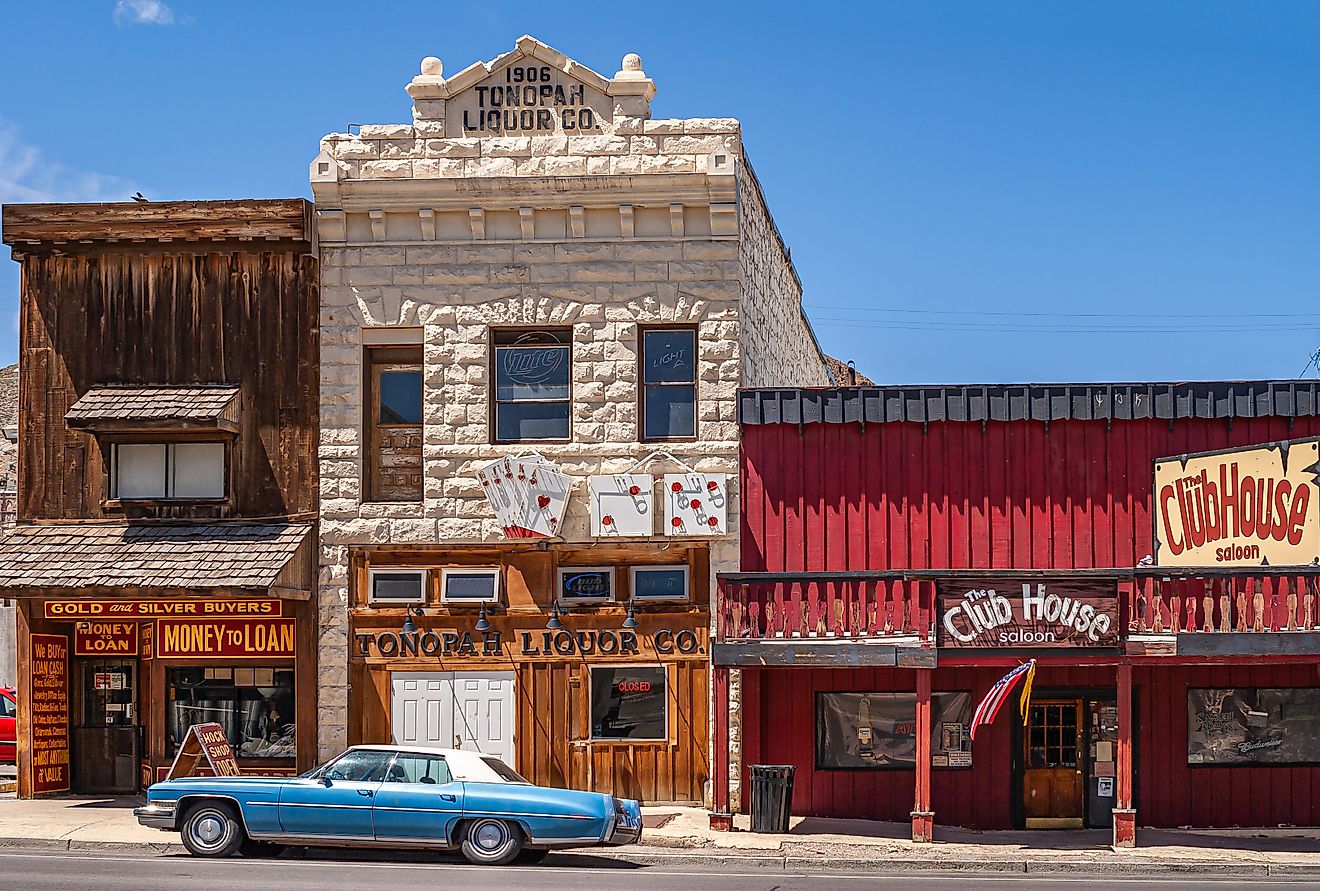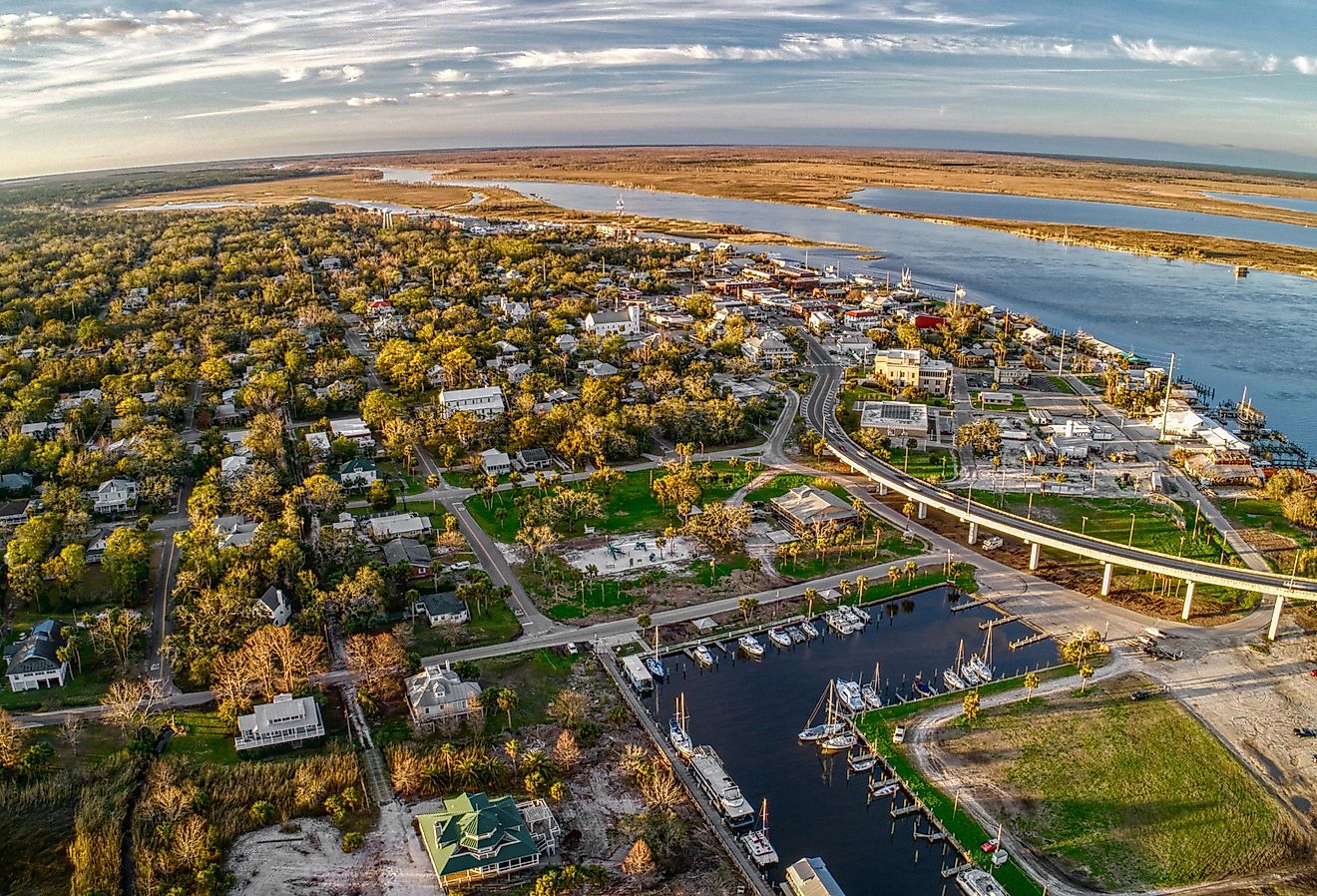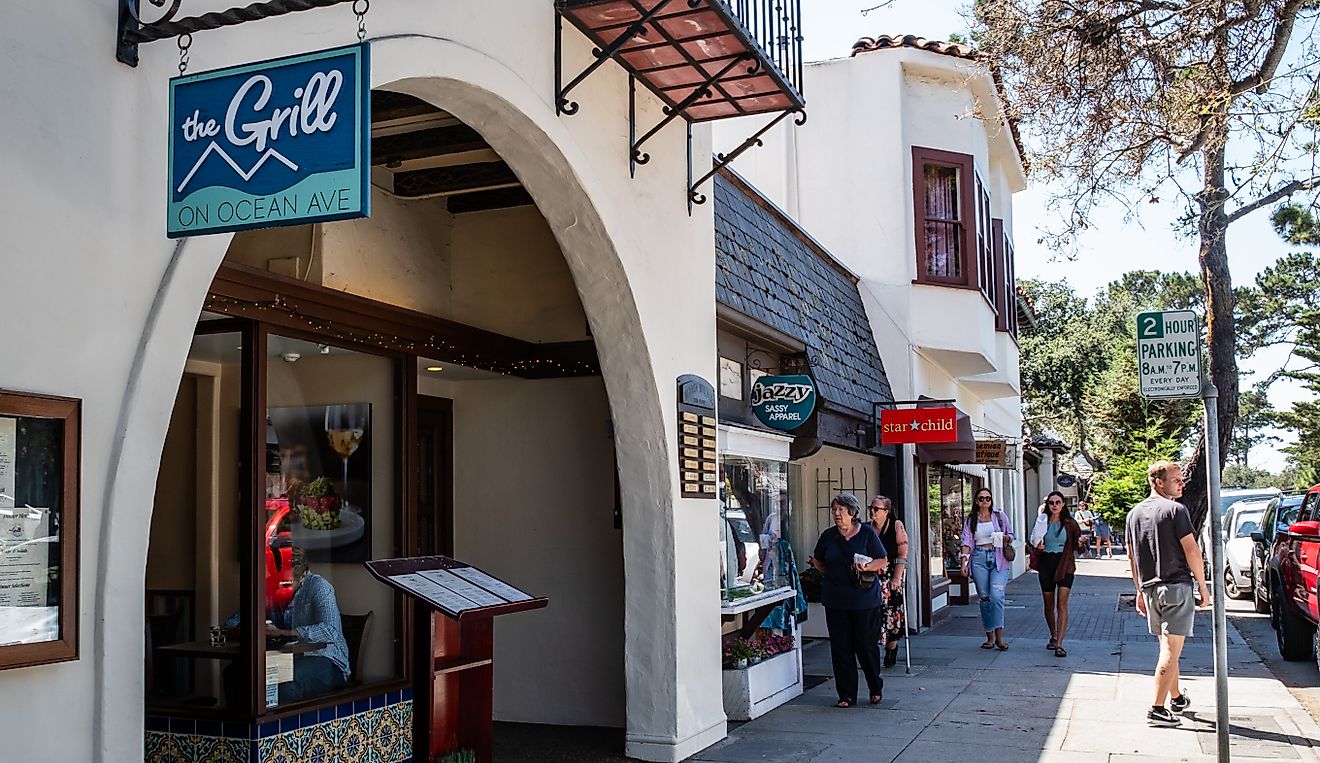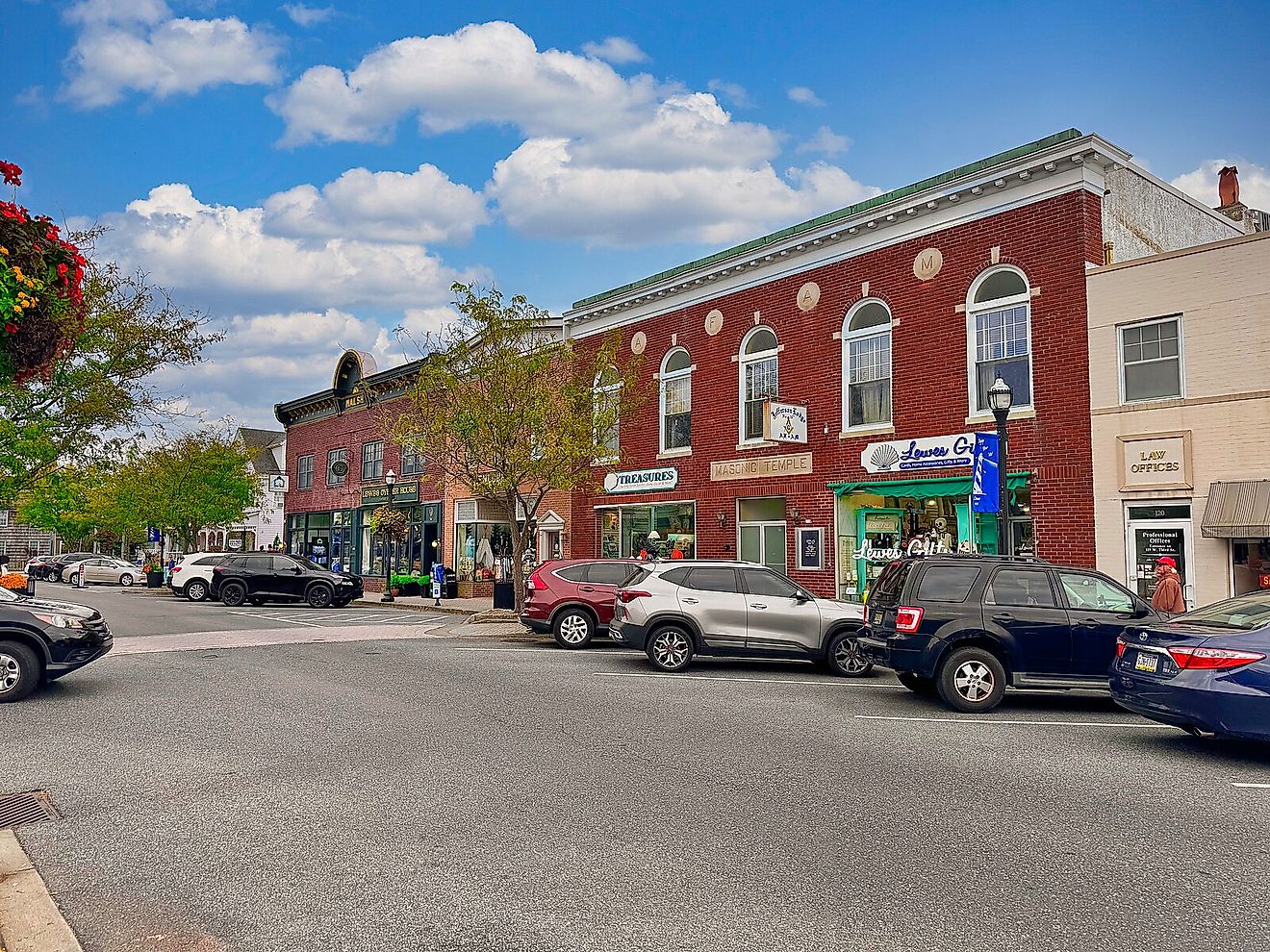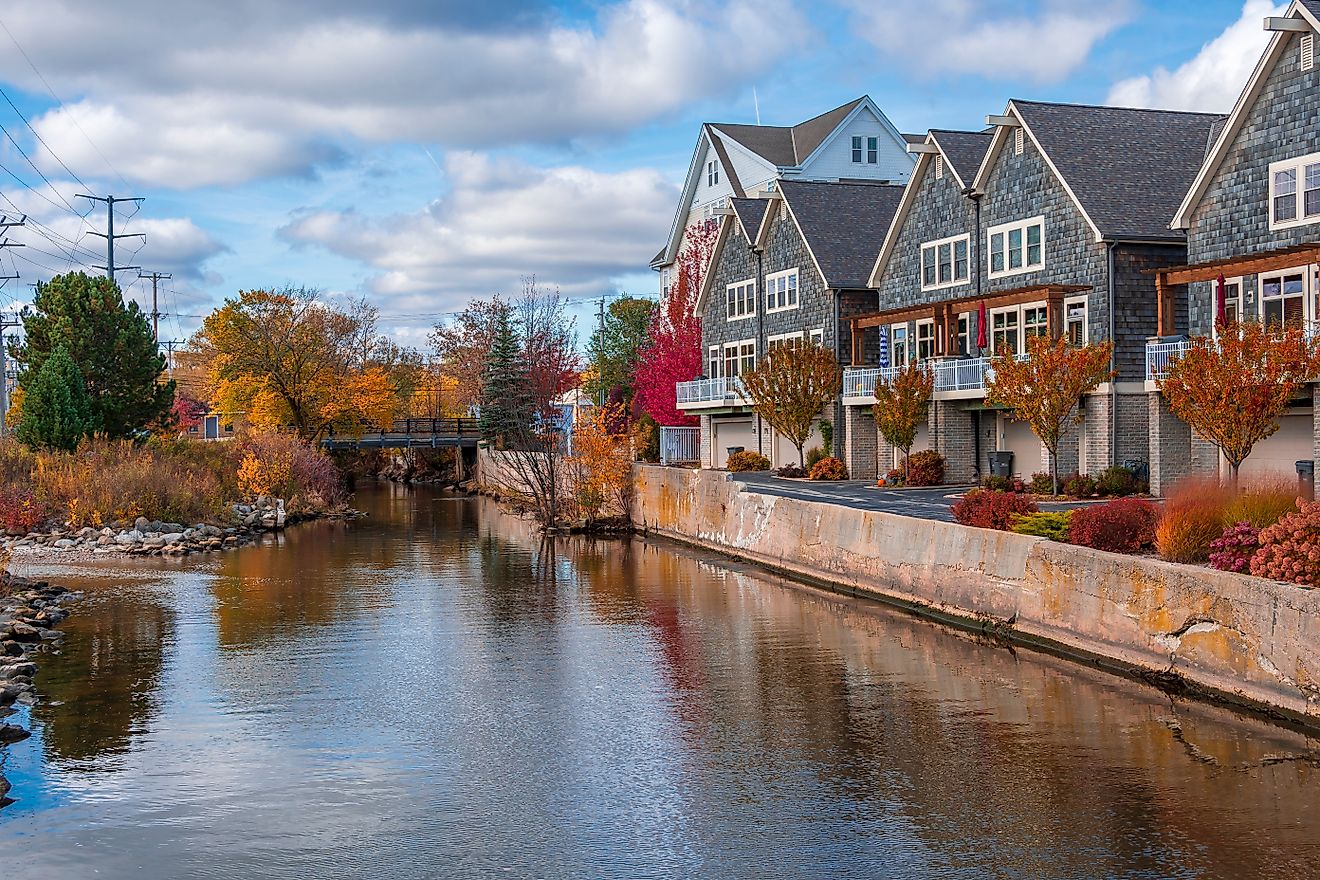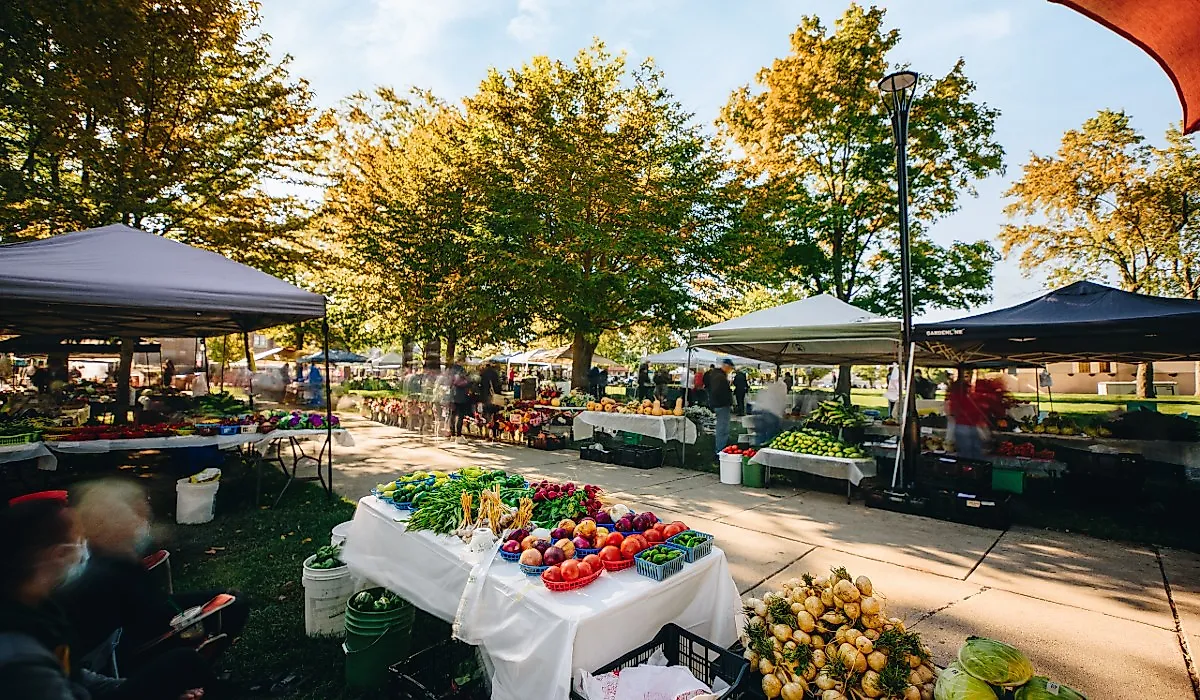
9 Best Places To Call Home In Wisconsin In 2025
Picture Wisconsin’s small cities as a nine-glass beer flight. Each sip is different: cranberry-bog air, lighthouse salt, cedar sawdust. With 2025 home prices still friendly, the question isn’t “Can I buy?” but “Which taste fits my mood?”
Here are nine towns that spend money on their own weird charms instead of copying Milwaukee or Minneapolis. Gear up for subs built on freshwater, surfable lake waves, alley-long murals, and a sturgeon spearing season that makes Groundhog Day look sleepy.
Sheboygan

Sheboygan is one of the few cities in the U.S. where professional-level freshwater surfing is a year-round activity. Known as the "Malibu of the Midwest," it draws surfers to North Beach even in sub-zero conditions. This unexpected culture, rooted in the city’s exposure to Lake Michigan’s deep swells, gives Sheboygan a character that’s rare in the interior Midwest. Beyond the shoreline, the city has built a self-contained, functional downtown anchored by the John Michael Kohler Arts Center, which houses artist-built environments and outsider art in a modern, minimalist facility.

Living in Sheboygan means proximity to essentials without sacrificing affordability, typical home values hover around $258,000 as of early 2025. For dining, locals consistently name Il Ritrovo, a VPN-certified Neapolitan pizzeria, among the best in the state. To walk off a meal, the lakefront’s Deland Park includes direct access to the South Pier and the historic red-and-white Sheboygan Breakwater Lighthouse. Family visitors frequent the Above & Beyond Children's Museum, located in a former armory building. Each of these places reflects deliberate investment in community-specific assets.
Stevens Point
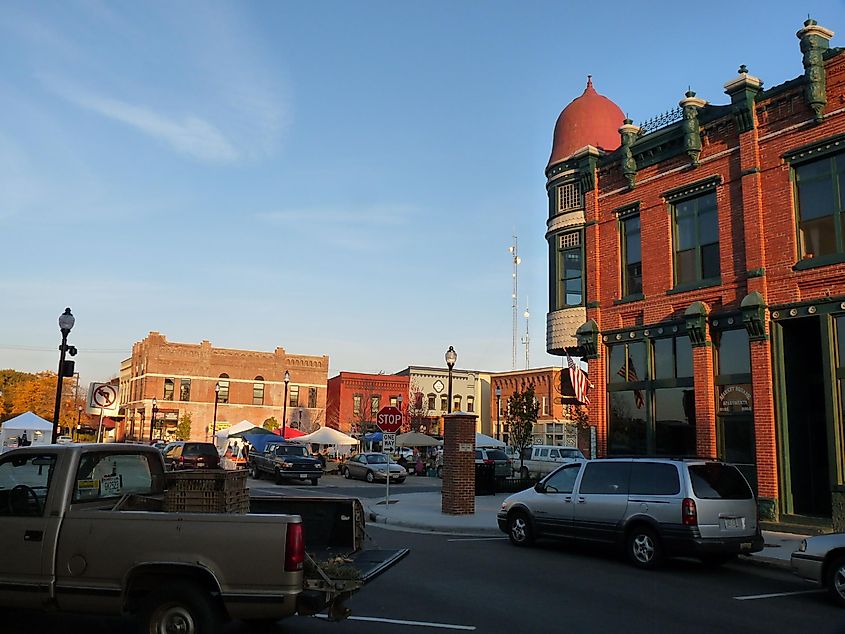
Stevens Point is home to the world’s longest-running community-run nature reserve: the Schmeeckle Reserve. Located adjacent to the University of Wisconsin-Stevens Point campus, it combines student research plots with public walking trails, making it an unusual fusion of science and recreation. The city also hosts the world headquarters of the Worth Company, which has manufactured fishing tackle components since 1942, reflecting the area’s long-standing relationship with freshwater ecosystems. This combination of academic presence, industry continuity, and green infrastructure defines Stevens Point’s core identity.
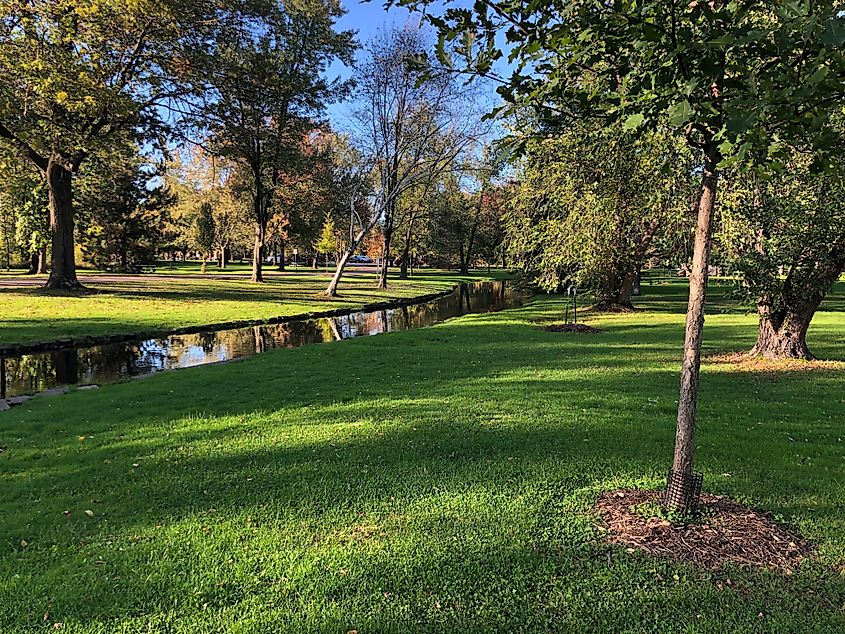
Housing remains below state averages, with the typical home valued at approximately $273,000 in 2025. The downtown is centered on Main Street, where Ruby Coffee Roasters runs a café known for single-origin pour-overs sourced through direct trade. The Stevens Point Sculpture Park, a 20-acre open-air gallery, integrates contemporary installations with forested trails. On the culinary side, Father Fats, a tapas-style restaurant, offers a rotating menu designed around regional ingredients. Cultural programming happens year-round at the Central Wisconsin Children's Museum, which doubles as a hub for local outreach.
Manitowoc
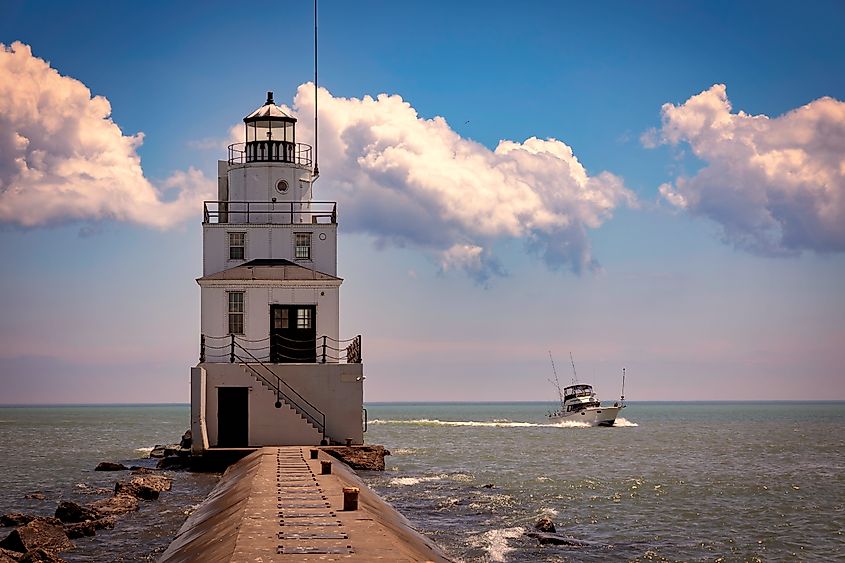
Manitowoc built the last submarines ever produced on freshwater. The USS Cobia, docked at the Wisconsin Maritime Museum downtown, is a fully restored WWII sub constructed across the street from where modern shipbuilding still continues. The city’s port infrastructure supports both industry and tourism, with the SS Badger car ferry linking Manitowoc to Ludington, Michigan, one of the few such ferry services still operating on the Great Lakes. That layered maritime identity is visible throughout the town, from its shipyard skyline to the annual Subfest events. Median home values in Manitowoc are around $231,000 as of early 2025.
On 8th Street, Beerntsen's Confectionary has produced hand-dipped chocolate since 1932, functioning both as a retail space and as a working candy kitchen. The Rahr-West Art Museum, housed in a Victorian mansion, offers rotating exhibitions and maintains a permanent collection that includes a Picasso lithograph. Just north of the breakwater, Red Arrow Park offers direct lake access and a cold-water beach used by swimmers and surfers throughout the year. For breakfast or lunch, locals frequent Wrap It Up, a fast-casual café known for house-made hummus and locally roasted coffee.
Fond du Lac
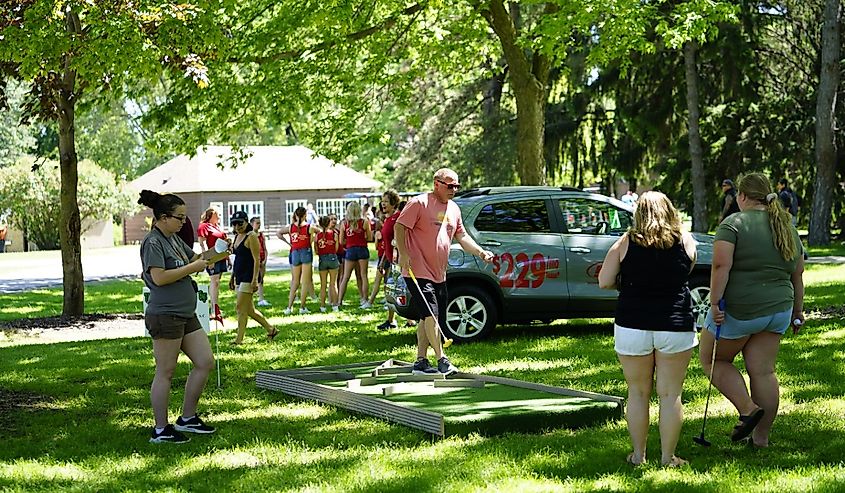
Fond du Lac’s city flag includes a lighthouse, a snowflake, and a gear, symbols chosen to represent its lakeshore, winters, and industrial base. It’s one of the few municipal flags in the U.S. to be designed by local students and adopted by public vote, part of a civic redesign movement that also saw major reinvestments in the downtown and public parks. The city sits at the southern edge of Lake Winnebago and acts as a launch point for year-round ice fishing, sturgeon spearing, and inland sailing, each rooted in specific local traditions. As of 2025, the median home price is about $251,000.
Lakeside Park, a 400-acre public space with a working lighthouse, is a central gathering point with a marina and seasonal paddle-boat rentals. The Children’s Museum of Fond du Lac, built inside the city’s historic Galloway House grounds, integrates hands-on science exhibits with rotating educational programming. Fuel Coffee, located inside a converted garage downtown, serves espresso and light meals with a focus on local produce. Eatery options include Salty’s Seafood and Spirits, known for Friday fish fry and smoked trout sourced from area waters. Each site reflects a local economy built around water, food, and public trust.
Baraboo
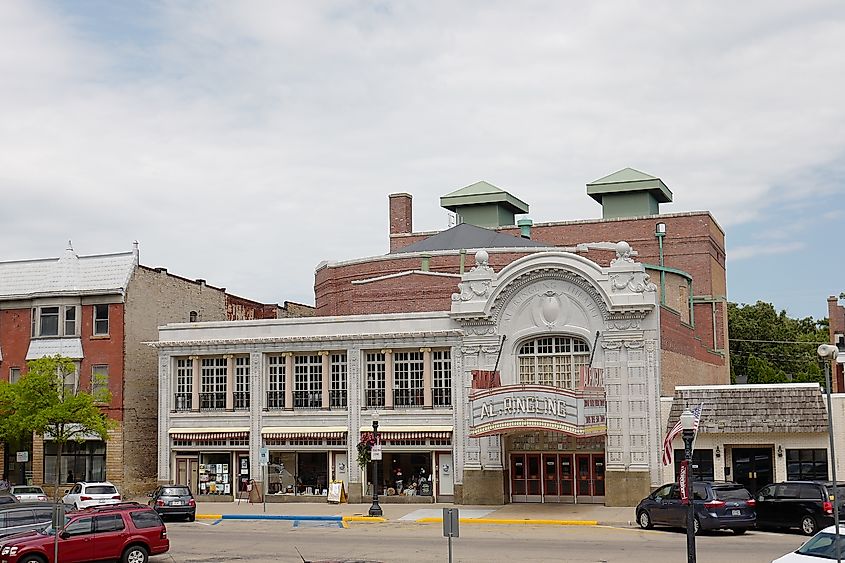
Baraboo was once the winter headquarters of the Ringling Bros. Circus, and that legacy still defines its urban footprint. The original Ringling family homes, clustered around 8th and Ash Streets, remain intact, and the former circus grounds now house Circus World, a museum and performance venue owned by the Wisconsin Historical Society. The town also sits within the Baraboo Range, a monadnock formation that predates the Appalachian Mountains, making it a geological outlier in the Upper Midwest.
Median home prices in Baraboo hover around $270,000 as of 2025, offering affordability near protected parkland. The town borders Devil’s Lake State Park, which receives over three million visitors a year and features 500-foot quartzite bluffs, alpine hiking trails, and glacial moraines. On the Square, the AL. Ringling Theatre, restored with funding from a public-private partnership, runs live events and arthouse films. Driftless Glen Distillery, located along the Baraboo River, offers guided tours of its bourbon and gin operations alongside a full-service restaurant. Coffee Bean Connection, operating from a red brick storefront on 3rd Avenue, roasts on-site and anchors the local café scene. These institutions are rooted in place, and they form a network of stable, independent enterprises not easily replicated elsewhere.
Beaver Dam
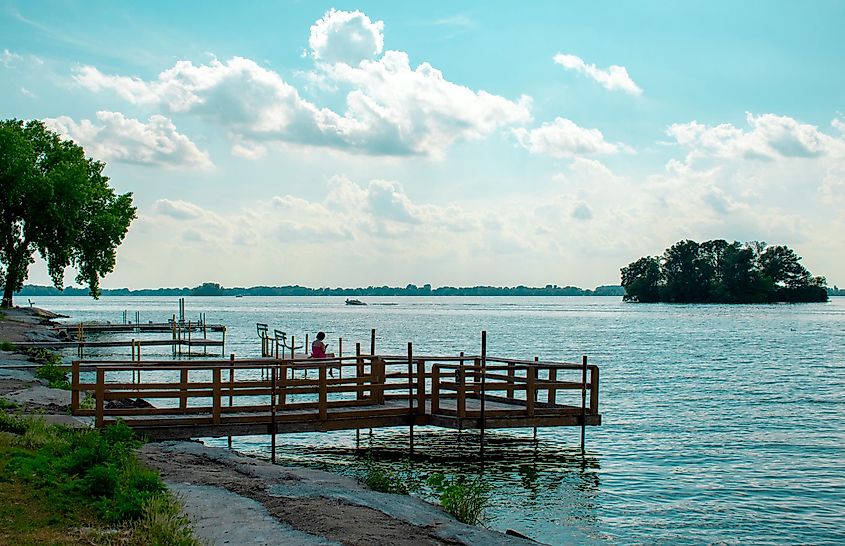
Beaver Dam’s downtown alleyways are painted with over 30 outdoor murals, making it one of the largest public mural programs in the Midwest. The city initiated the Wall Dogs Mural Project in 2019, bringing together sign painters from across the U.S. to create large-scale historical scenes on commercial buildings. This effort sparked a broader reinvestment in the city’s historic core, linking visual art to economic redevelopment. The 6,000-acre Beaver Dam Lake, fully within city limits, supports year-round angling and power boating, and directly borders residential neighborhoods.
In 2025, the median home price in Beaver Dam is about $282,000, keeping it below Wisconsin’s average while offering access to a large lakefront. The Dodge County Center for the Arts, housed in a former post office, hosts exhibitions and weekend workshops with regional artists. Great Harvest Bread Co., on Front Street, serves fresh loaves, soups, and locally roasted coffee. The Beaver Dam Family Center maintains an ice rink, fitness space, and event hall with consistent city funding. For film and live music, the historic Rogers Cinema on North Spring Street screens both current features and hosts touring performers. These institutions serve specific local needs and operate without dependence on seasonal tourism.
Two Rivers
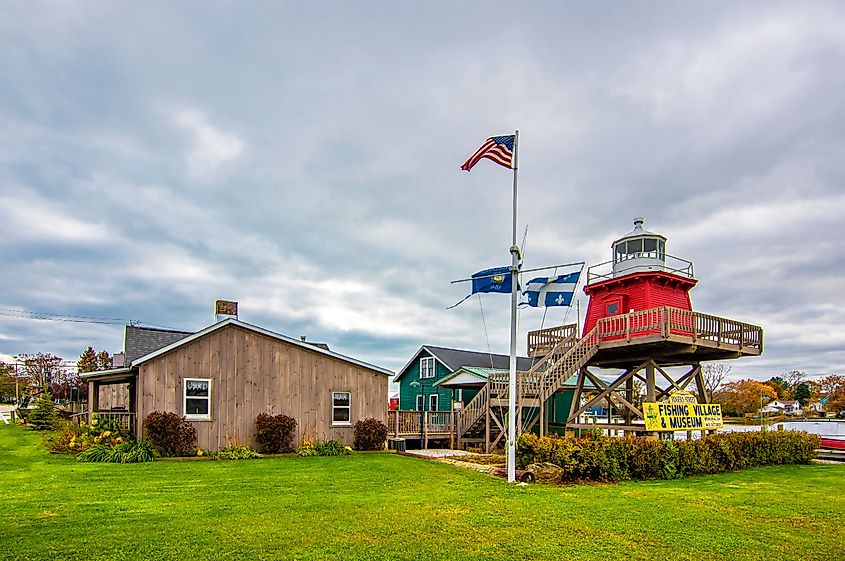
Two Rivers claims to be the birthplace of the ice cream sundae. According to local records, the dessert was first served in 1881 at Ed Berner’s soda fountain, now memorialized by a downtown plaque. This specific historical claim anchors a wider local emphasis on preservation and self-promotion. The town also sits directly at the confluence of the East and West Twin Rivers, with residential streets that run within blocks of open water on both sides, a configuration rare for any U.S. municipality under 15,000 residents. The 2025 median home price in Two Rivers is approximately $211,000.
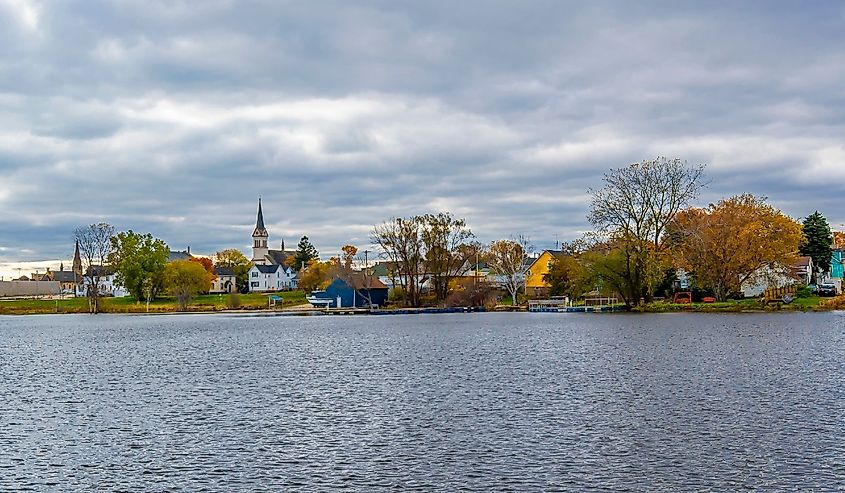
The Rogers Street Fishing Village Museum, located near the harbor, maintains a working Fresnel lens and a restored 1886 life-saving station. Neshotah Beach, a broad Lake Michigan shoreline with permanent volleyball courts and lifeguard towers, supports annual sand sculpting events and open-water swimming. Kurtz’s Pub & Deli, established in 1904, serves German-American fare and beer from Sheboygan, La Crosse, and Milwaukee. For coffee and breakfast, Red Bank Coffeehouse roasts on-site and operates inside a converted service garage. Each of these places reflects a small-town system that retains local ownership and capital circulation in a stable, low-cost setting.
Marinette

Marinette’s shipyard is one of the few inland facilities in the U.S. contracted to build combat ships for the U.S. Navy. Operated by Fincantieri, the yard launches vessels directly into Green Bay, making defense manufacturing the core of the city’s economy. The Menominee River, which separates Marinette from its twin city in Michigan, also functions as a natural harbor with residential and industrial development on both banks. This dual-city arrangement supports a cross-border labor market and shared infrastructure uncommon in northern Wisconsin.
In 2025, Marinette’s median home price is around $199,000, among the lowest in the state for a city with direct water access. The Marinette Logging Museum, located in Stephenson Island Park, contains original sawmill equipment and lumberjack-era tools, and hosts seasonal heritage events. The Avenue Grille, a local diner on Hall Avenue, is known for Friday haddock and scratch-made pies. For waterfront access, Red Arrow Park offers a direct launch into Green Bay, along with boardwalk trails and open fishing piers.
Wisconsin Rapids
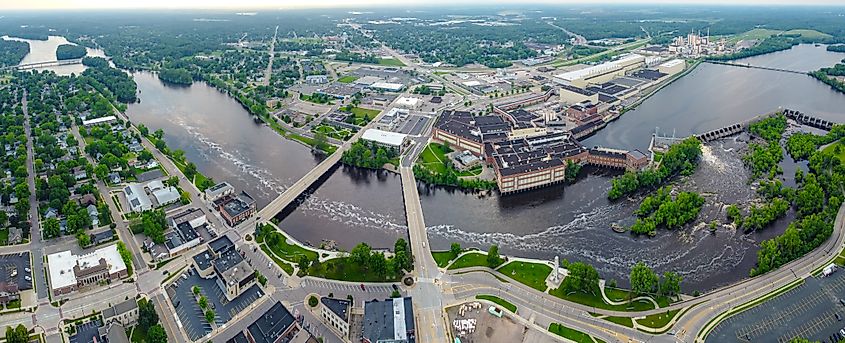
Wisconsin Rapids was once the cranberry capital of the world.Several processing and research facilities still operate within city limits, and growers run seasonal marsh tours from the outskirts. That agricultural identity is embedded in the town’s layout, distribution centers line the Wisconsin River, and rail spurs still connect packaging plants to long-haul freight. The river itself divides the city in two and is navigable by kayak, pontoon, and outboard boat during open-water months. As of 2025, the median home price in Wisconsin Rapids is approximately $221,000.
Downtown anchors include McMillan Memorial Library, which recently installed a solar array that supplies most of the building’s energy use. Jennings & Co., located on 2nd Street, serves lunch and espresso in a former bank building and uses bread from nearby Great Expectations bakery. Witter Field hosts the Wisconsin Rapids Rafters, a Northwoods League team whose games routinely sell out. For trail access, the Sand Lot Park bike loop connects residential neighborhoods to the city’s south side via a dedicated multi-use path. These locations support daily life without seasonal dependence or inflated cost structures.
Together, these nine towns outline a Wisconsin where cost and character coexist. Submarines, surf breaks, and circus legacies sit within a two-hour drive of mural alleys, cranberry bogs, and ice-cream folklore. Median mortgages stay manageable, yet civic investment remains visible, from solar-powered libraries to lakeside lighthouses. Pick one for a trial weekend, listen to the dialect, sample the signature plate or pint, and you may find permanence hiding in plain sight.
